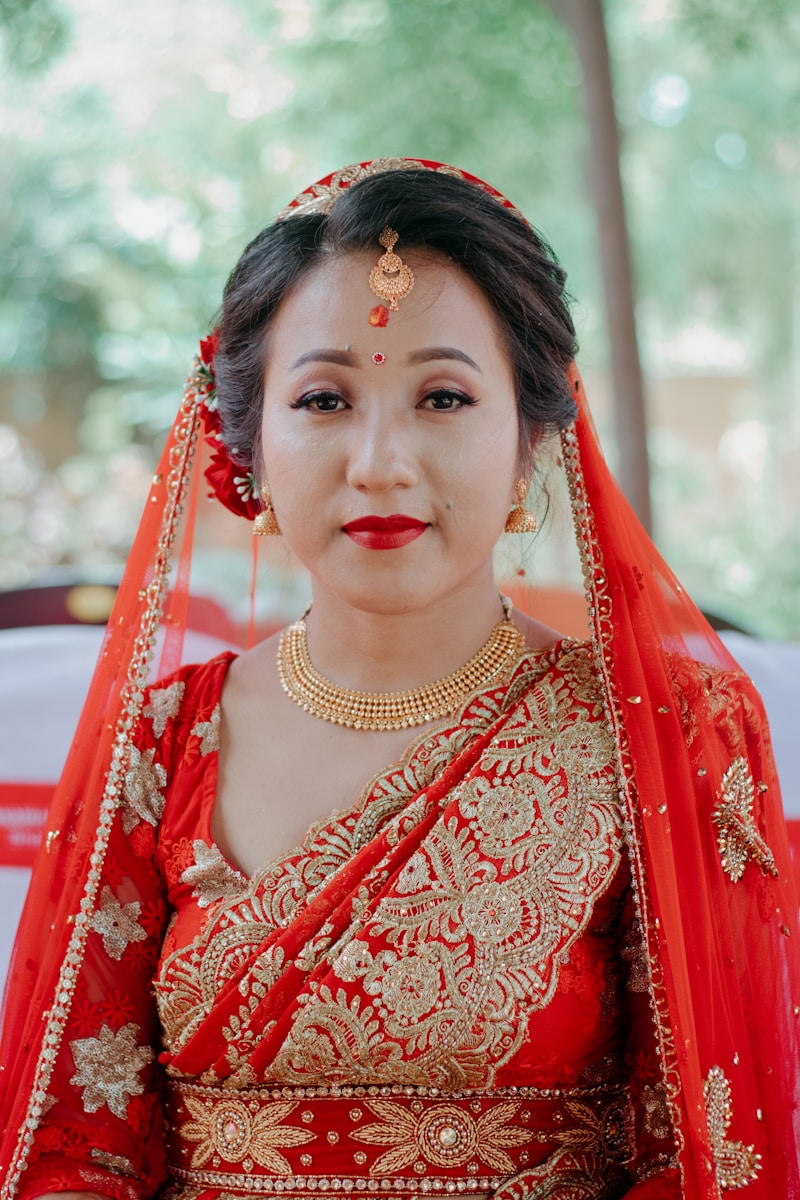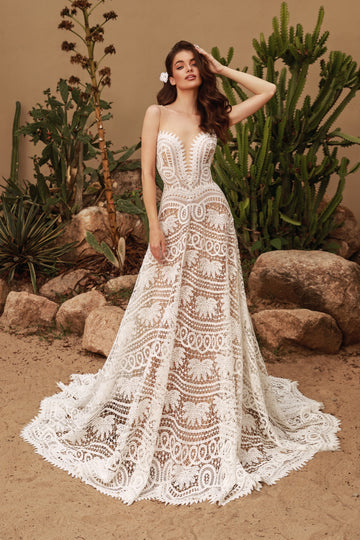The Evolution of Wedding Dress Styles: A Journey Through Time
The Evolution of Wedding Dress Styles: A Journey Through Time
The history of wedding dress styles is a fascinating reflection of cultural trends, societal norms, and individual expressions of love and commitment. Over the years, wedding dresses have evolved significantly, influenced by various factors including fashion trends, celebrity weddings, and even technological advancements. In this article, we will explore the evolution of wedding dress styles, delve into the various traditions from around the world, and discuss how modern influences continue to shape bridal fashion. As we navigate through the rich history of wedding attire, we will also highlight some common questions regarding wedding styles that many prospective brides and fashion enthusiasts often ask.
Wedding Dress Styles Through the Ages
Wedding dresses have transformed significantly from the early days of bridal fashion to the contemporary looks we see today. Here's a brief overview of the various styles that have defined different eras:
| Era | Style Characteristics | Influences |
| Middle Ages | Long flowing gowns, heavy fabrics, and intricate embroidery | Religious and feudal aspects dictated choices |
| Renaissance | Rich colors, elaborate detailing, and voluminous skirts | Art and literature flourished, reflecting status |
| Victorian Era | White wedding dresses became popular, corsets, and lace | Queen Victoria set trends with her own gown |
| 1920s | Flapper-style dresses, shorter hemlines, and simpler silhouettes | Post-war leisure and the rise of jazz culture |
| 1950s | Full skirts, cinched waists, and modest necklines | Cultural influences of the American Dream |
| Modern Day | Diverse styles, fusion of traditions, and customizable options | Pop culture, celebrities, and social media |
The Influence of Key Historical Moments
Throughout history, certain key events and personalities have had a profound impact on wedding dress styles. For instance, Queen Victoria of the United Kingdom popularized the white wedding dress in 1840 when she married Prince Albert. This marked a shift away from traditional colors and has influenced countless brides ever since. In the 20th century, the Hollywood glamor of actresses like Grace Kelly and Elizabeth Taylor further defined bridal fashion, leading to an era where celebrity weddings dictated trends around the globe. In contemporary times, high-profile weddings, such as that of Kate Middleton and Meghan Markle, continue to inspire brides, combining tradition with modern sensibilities.
Traditions Across the Globe
Different cultures around the world bring their unique twists to wedding dress styles, reflecting local traditions and customs. Here are a few noteworthy examples:
- India: In many Indian weddings, brides wear vibrant saris or lehengas, adorned with intricate embroidery and jewelry, often in red or gold – colors symbolizing prosperity and fertility.
- China: Traditional Chinese brides may wear a red qipao or a more elaborate “dragon and phoenix” gown, symbolizing good fortune and happiness.
- Western Cultures: Most Western brides typically opt for white or ivory gowns, with variations in style, from classic A-line to modern mermaid silhouettes.

Modern Innovations in Bridal Fashion
Modern technology and contemporary design have opened up a world of possibilities in the realm of wedding attire. Here are a few trends defining today’s wedding dress styles:
- Sustainable Fashion: An increasing number of brides are opting for eco-friendly materials and designs that minimize environmental impact. This has given rise to brands that focus on sustainable practices, catering to conscious consumers.
- Customizable Gowns: Today’s technology allows for bespoke options where brides can curate their dress styles according to their personal preferences, combining different elements into one stunning piece.
- Influence of Social Media: Platforms like Instagram and Pinterest have become essential tools for brides seeking inspiration, showcasing a plethora of styles and ideas from fellow brides around the world.
Common Questions About Wedding Dress Styles
As prospective brides plan their weddings, they often have many questions about choosing the perfect wedding dress. Here are some frequently asked questions:
- What style is best for my body type? Understanding the different silhouette options – A-line, ball gown, and sheath – can help brides choose a style that flatters their unique figures.
- How much should I budget for a wedding dress? Costs can vary widely based on the designer, fabric, and customizations. Brides should consider their overall wedding budget when allocating funds for attire.
- How far in advance should I start shopping for a wedding dress? It’s advisable to start shopping six to nine months before the wedding day to allow time for fittings and alterations.
Summary and Final Thoughts
The evolution of wedding dress styles is not just a reflection of changing fashion but a testament to the enduring ritual of marriage. As styles continue to evolve, they reveal societal changes and showcase the personal stories of love and commitment. For brides today, the options are limitless; whether choosing a classic gown or a modern design, the most important aspect is to select a dress that resonates personally. Remember to consider your own unique style, cultural elements that may be important to you, and practical aspects such as budget and timing. Embrace the journey of finding the perfect wedding dress, as it is a cherished part of your wedding experience.
In conclusion, as we’ve seen through this exploration, the evolution of wedding dress styles is both rich and varied, spanning cultures and centuries. Understanding these trends can empower brides to make informed choices that honor both tradition and personal expression in their unique celebrations of love.
